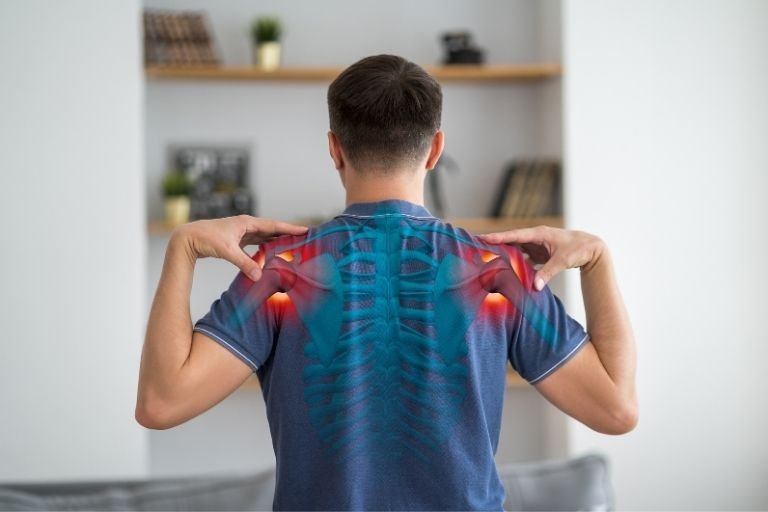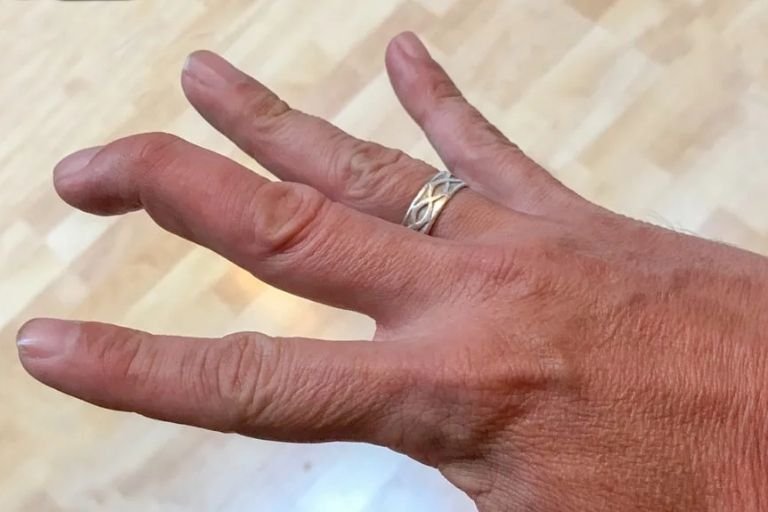- Fitwell Physiotherapy
Cervical Spondylitis

Cervical spondylitis, also known as cervical spondylosis or neck arthritis, is a common condition that affects the joints and discs in the cervical spine, which is the upper part of the spine located in the neck. This condition often develops as a result of wear and tear on the bones and cartilage of the cervical spine over time. Here’s an overview of cervical spondylitis, including its symptoms, causes, when to see a physiotherapist, risks, prevention strategies, and treatment options:
Please submit your details below.
Symptoms:
- Neck Pain: Persistent pain in the neck, which may worsen with movement.
- Stiffness: Reduced range of motion in the neck, making it difficult to turn or bend.
- Headaches: Often originating from the neck and radiating to the back of the head.
- Tingling or Numbness: In the arms, hands, or fingers, due to nerve compression.
- Muscle Weakness: Especially in the arms, shoulders, or hands.
- Difficulty Walking: In severe cases, cervical spondylitis can affect balance and coordination.
Causes:
- Age: Degenerative changes in the cervical spine are common with aging.
- Repetitive Motion: Activities or professions that involve repetitive neck movements or heavy lifting can contribute to cervical spondylitis.
- Poor Posture: Prolonged periods of poor posture, such as sitting with the head tilted forward or slouching, can accelerate wear and tear on the cervical spine.
- Injury: Previous neck injuries, such as whiplash from a car accident or sports-related trauma, can increase the risk of developing cervical spondylitis.
When to See a Physiotherapist:
- Persistent Pain: If neck pain persists for more than a few days, especially if it’s accompanied by other symptoms like numbness or weakness.
- Limited Mobility: Difficulty moving the neck or performing daily activities due to stiffness or pain.
- Radiating Symptoms: Tingling, numbness, or weakness that radiates down the arms or into the hands.
- Recent Injury: If cervical spondylitis symptoms develop after a recent neck injury or trauma.
Risks:
- Chronic Pain: If left untreated, cervical spondylitis can lead to chronic neck pain and disability.
- Nerve Compression: Compression of nerves in the cervical spine can cause persistent tingling, numbness, or weakness in the arms and hands.
- Loss of Function: Severe cases of cervical spondylitis can impair mobility and coordination, affecting daily activities and quality of life.
Prevention:
- Maintain Good Posture: Practice proper posture while sitting, standing, and lifting to reduce strain on the neck and spine.
- Stay Active: Engage in regular exercise to strengthen the muscles supporting the neck and spine and improve flexibility.
- Take Breaks: If you have a desk job or spend long hours sitting, take frequent breaks to stretch and change positions.
- Avoid Excessive Strain: Avoid activities that involve repetitive neck movements or heavy lifting, especially if you have a history of neck pain or injury.
Treatments:
- Physiotherapy: A physiotherapist can design a personalized exercise program to strengthen neck muscles, improve flexibility, and alleviate pain.
- Medications: Over-the-counter pain relievers, muscle relaxants, or anti-inflammatory drugs may help manage pain and inflammation.
- Heat or Cold Therapy: Applying heat or cold packs to the neck can help reduce pain and inflammation.
- Cervical Traction: This therapy involves gently stretching the neck to relieve pressure on the spine and alleviate symptoms.
- Injections: In some cases, corticosteroid injections may be recommended to reduce inflammation and alleviate pain.
- Surgery: Surgery may be considered for severe cases of cervical spondylitis that do not respond to conservative treatments, such as decompression surgery or spinal fusion.
Overall, early diagnosis and appropriate management are key to effectively managing cervical spondylitis and preventing long-term complications. If you’re experiencing persistent neck pain or other symptoms suggestive of cervical spondylitis, consult with a healthcare professional for proper evaluation and treatment.

































































































